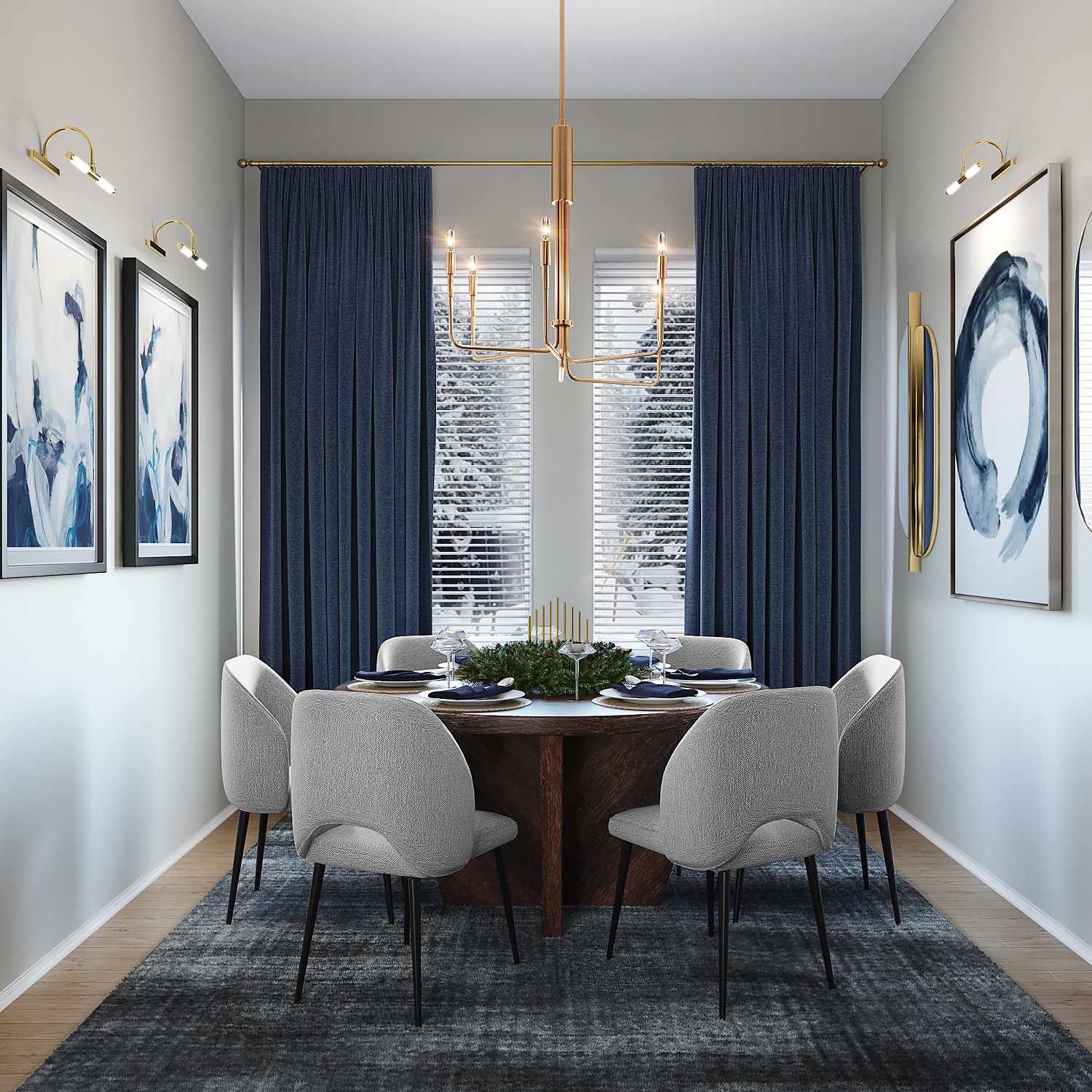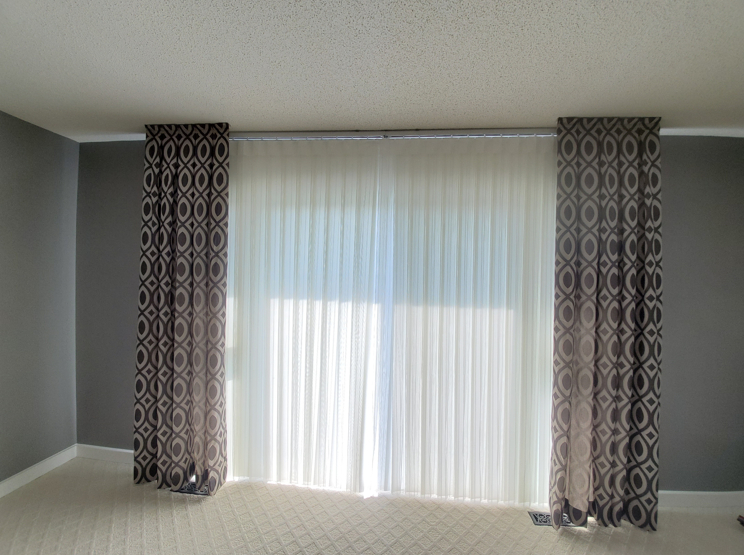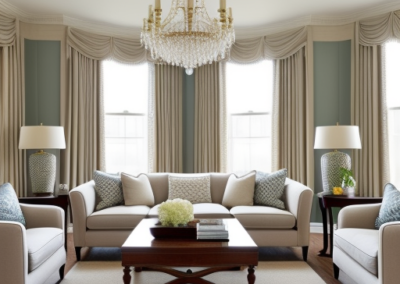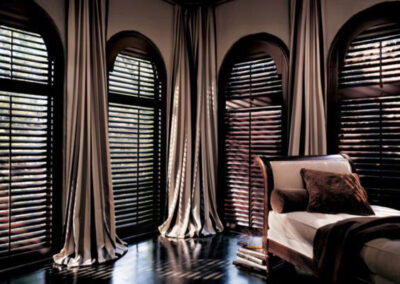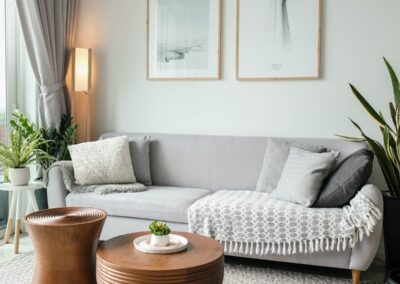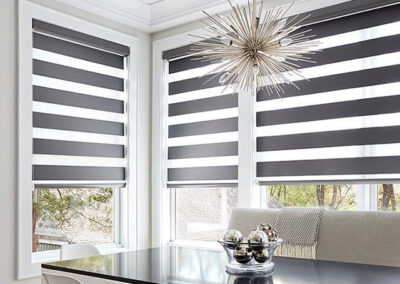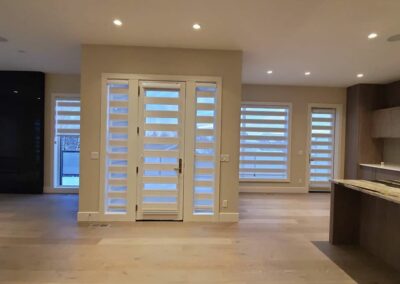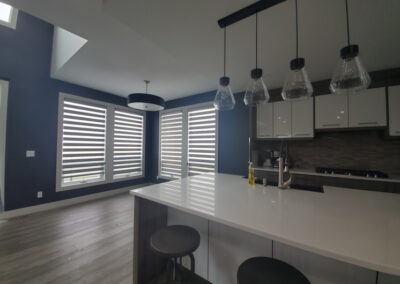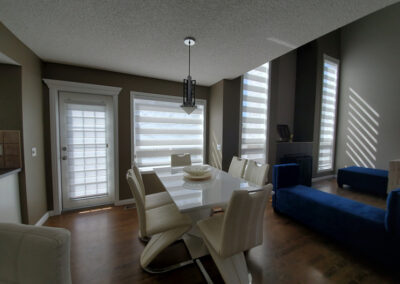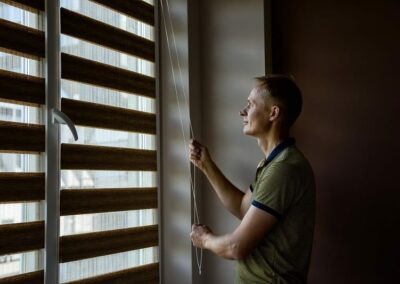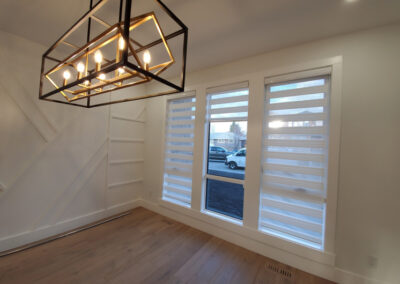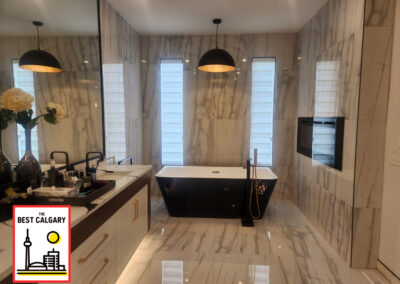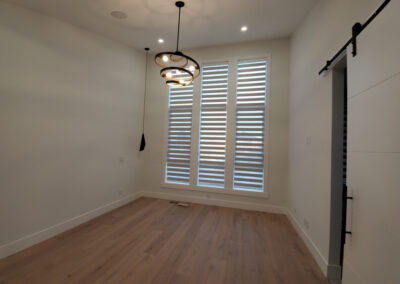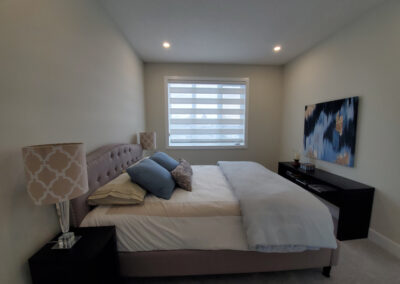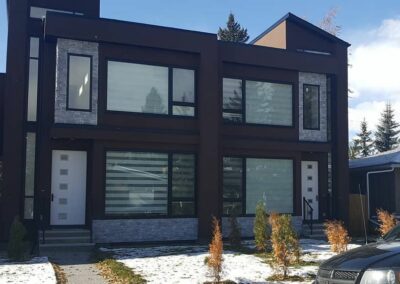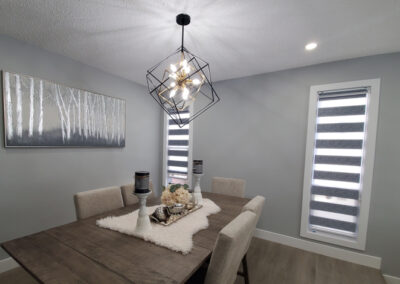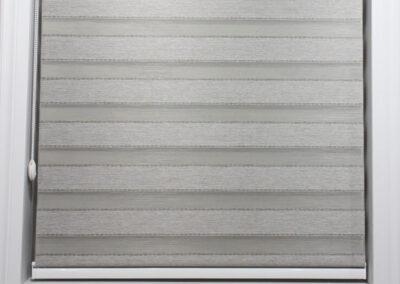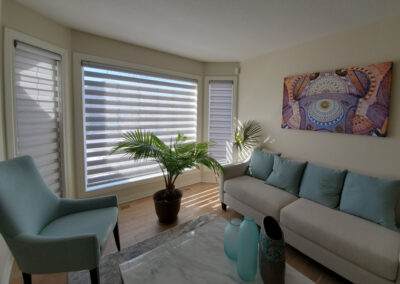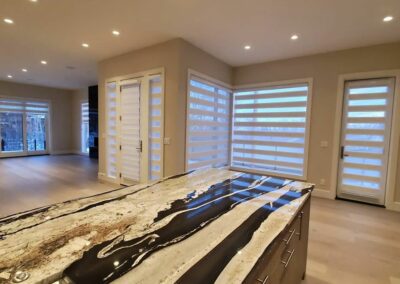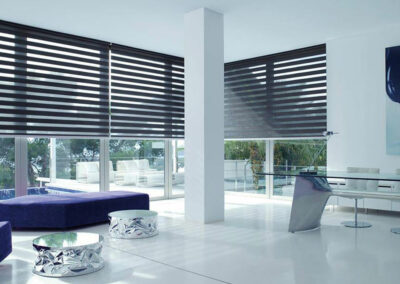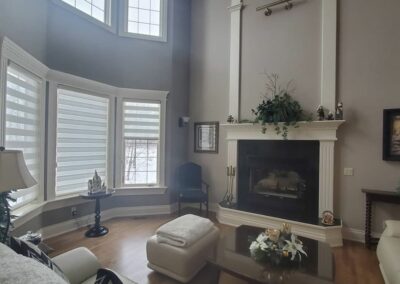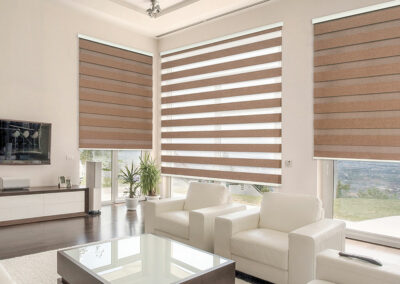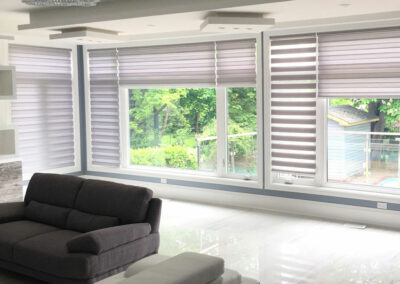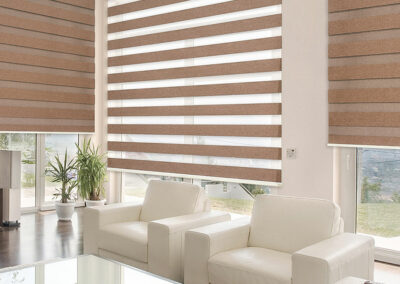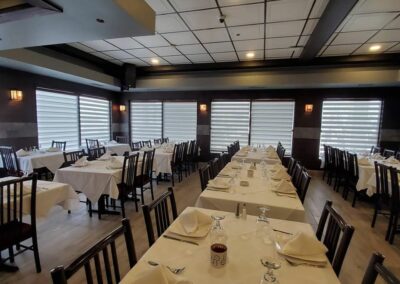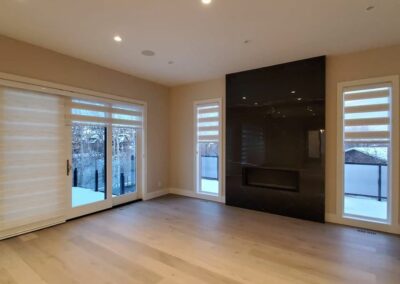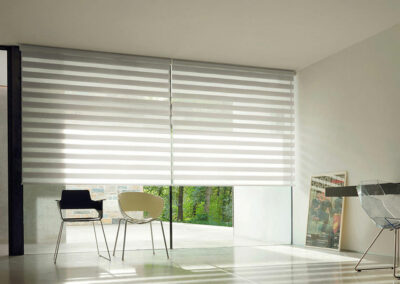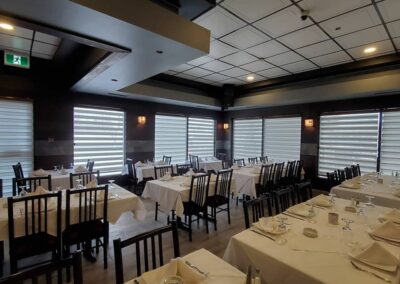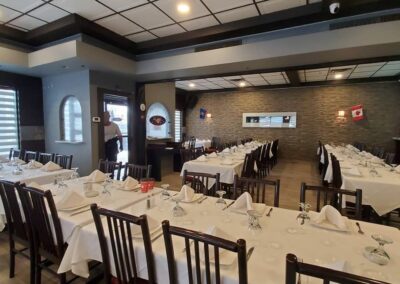Drapes
Drapes – The Ultimate Luxury Window Treatment
Drapery conjures up imagery of luxurious fabrics draping from the ceiling to the floor, sometimes even pooling at the bottom for an added romantic look. Sometimes it is suspended with ornate rods and pulled to the sides with tie-backs and tassels. Other times it may be minimalist and tailored to skim the floor, hanging from a modern rod or track. In general, drapes are considered to be made of heavier fabrics such as velvet or wool. They can also be lined to protect the fabric from sun damage and create a more uniform look from the exterior view. Blackout lining makes them ideal for bedrooms and theatre rooms. There are also fabric options than have a blackout lining built into them, which makes them more cost-effective than adding blackout lining. When it comes to determining the best drapery fabric and design for your home, Custom Window Coverings has you covered.
Things to Consider When Choosing Your Drapery Pleat
When it comes to designing custom drapery to is important to note that not all pleats are created equally. Here are a few tips to consider to help you determine the best option for your windows:
- Ripplefold and Grommet Curtains require less fabric than other pleats. They have less bulk which allows them to stack neatly to the sides when the curtains are open. This makes them ideal for functional drapery.
- Pinch Pleat and Tailored Pleat Curtains have folds of fabric grouped together in sections. The Pinch Pleat has the folds gathered a few inches from the top of the curtain, whereas the Tailored Pleat gathers at the top of the curtain. The amount of fabric required will depend on the number of folds or ‘prongs’ of fabric for the pleat. For example, if there are three prongs the fabric required will be times four the finished width of the curtain panel.
- Drapery with more intricate pleating is best used for decorative curtains that remain stationary. Intricate pleating requires more fabric which can appear bulky when pushed to the sides.

